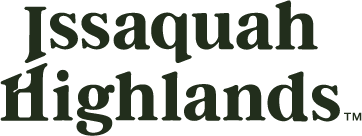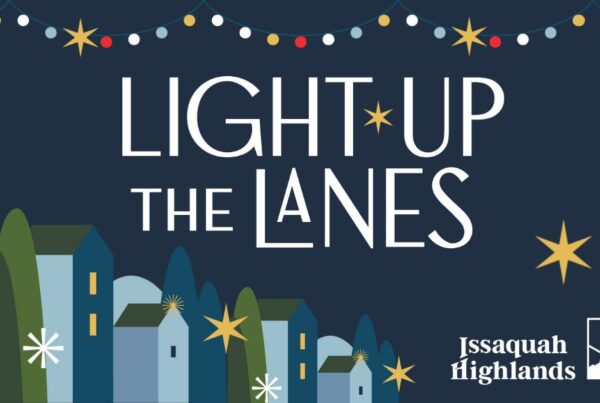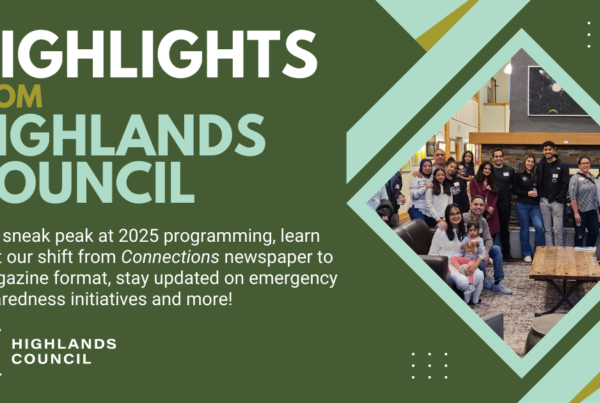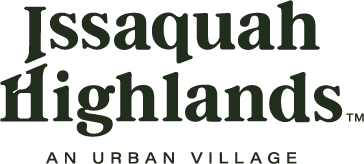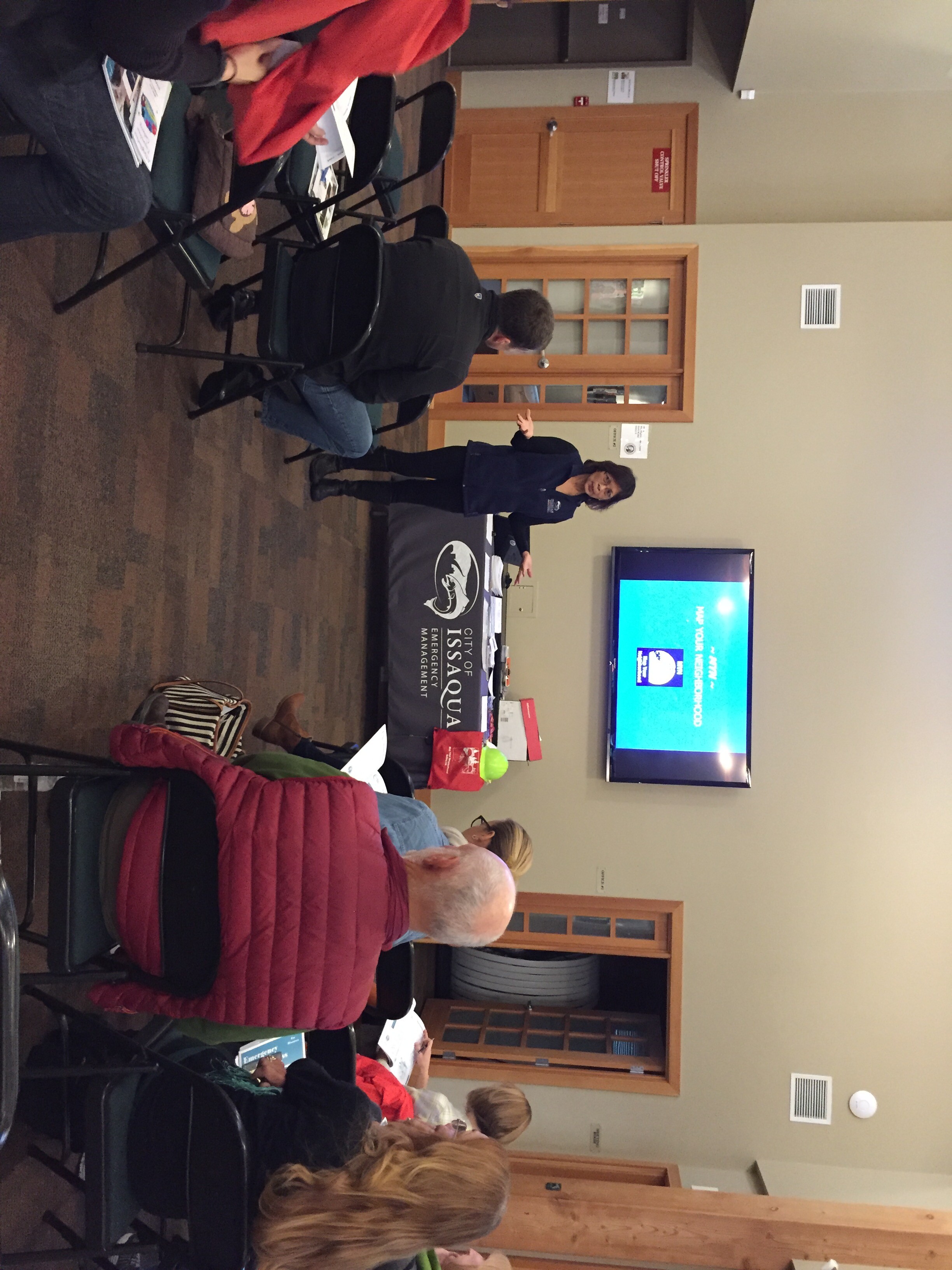
Emergency Preparedness
Myths & Realities of Emergency Preparedness in Issaquah Highlands
An Interview with Brenda Bramwell, City of Issaquah Emergency Management Department
Christy Garrard, Executive Director of Highlands Council recently asked Brenda Bramwell of the City of Issaquah Emergency Management Department to clarify the realities for our community in the event of a crisis….
MYTH: Preparing for emergencies is over-kill.
TRUTH: Not Really. Winter storms are the most frequent types of emergencies that can affect the area. High winds can cause trees and limbs to topple, bringing down power lines. Icy conditions can halt transportation. These are seasonal and we have experienced these types of emergencies in recent years. Issaquah is also situated along the Seattle Fault Zone. A catastrophic earthquake (simulated in the Cascadia Subduction Zone Exercise in June) can lead to disruptions, the magnitude of which our area hasn’t seen, including the cascading effects on services and infrastructure (banking, telecommunications, etc.).
MYTH: We have a hospital, fire station and a grocery store within walking distance of our homes; that is enough to consider my family is safe in an emergency.
TRUTH: We should always have an emergency supply stored at home. Grocery store supplies are good for a few days. If the roads and/or transportation are hampered for any reason, grocery stores won’t be able to restock their shelves in a timely manner. Additionally, residents who did not plan ahead would quickly head to the stores emptying the shelves in no time. The hospital and fire station staff will be taking care of medical emergencies and life safety issues in the areas most in need; which may not be Issaquah Highlands. They would not have the resources to help with feeding and sheltering.
MYTH: If our area is in crisis we would just drive to another area less effected or fly to friends and family out of the area.
TRUTH: Depending on the situation, yes, that can be a good plan. However, this would rely heavily on the roads being open and unaffected, transportation working at normal capacity and the crisis isolated.
MYTH: Grand Ridge Elementary, Blakely Hall, Fire Station 73 and Swedish will be shelters if we have damage to our Issaquah Highlands home.
TRUTH: There are no designated American Red Cross (ARC) nor community shelter identified in the Highlands. Shelters (Human and Pet) are set up away from affected areas through a collaboration between ARC, City and surrounding jurisdictions.
*Blakely Hall has been identified by King County Emergency Management as a triage location for the Volunteer Medical Reserve Corps in the event of a major incident.
MYTH: I have enough food in my home to shelter in place.
TRUTH: You should have enough nonperishable food for 10 days per person. Plus 1 gallon of clean water per person, per day, for 10 days.
MYTH: I don’t have room in my home to store that much food and water.
TRUTH: A clean garbage bin is a good storage container. You can also put supplies under your beds or in the garage.
MYTH: We have limited exits out of Issaquah Highlands.
TRUTH: Black Nugget Road can be opened in an emergency by City crew. Highlands Drive, 9th Avenue College Drive, and Park Drive were designed to accommodate Issaquah Highlands traffic.
MYTH: If I am trapped at work and unable to get back to Issaquah Highlands after a storm or earthquake my kids/elderly family members will know what to do without me.
TRUTH: Have a Communications Plan. Get to know your neighbors and develop a plan of assisting one another using the MYN (Map Your neighborhood) program.
You assisted in the Emergency Operations Center after the Oso landslide, which engulfed 49 homes, killing 43 and injuring others. What lessons did you learn about community preparedness to share with our community?
Be Aware. Have a Plan. Prepare a Kit. Get trained. Volunteer. In short, “Be Prepared”.
Once I secure my family and our home after a crisis we will want to help others. What do you recommend we do?
Being prepared, self-reliant and self-sufficient is a tremendous help to community resources. Individual and family preparedness allows the First Responders to focus their efforts on those who need it most. Once you’ve cared for your household, check on your neighbors (MYN program is THE way to do this). To be better prepared to care for yourself and your neighborhood, get trained and volunteer.
The City Emergency Management sponsors several Volunteer Programs to train in emergency response and assist first responders, such as CERT (Community Emergency Response Team), MRC (Medical Reserve Corps), MYN (Map Your Neighborhood) and ICST (Issaquah Communications Support Team).
Please e-mail brendab@issaquahwa.gov for any questions. Visit the City website or www.ready.gov for readiness tips.
